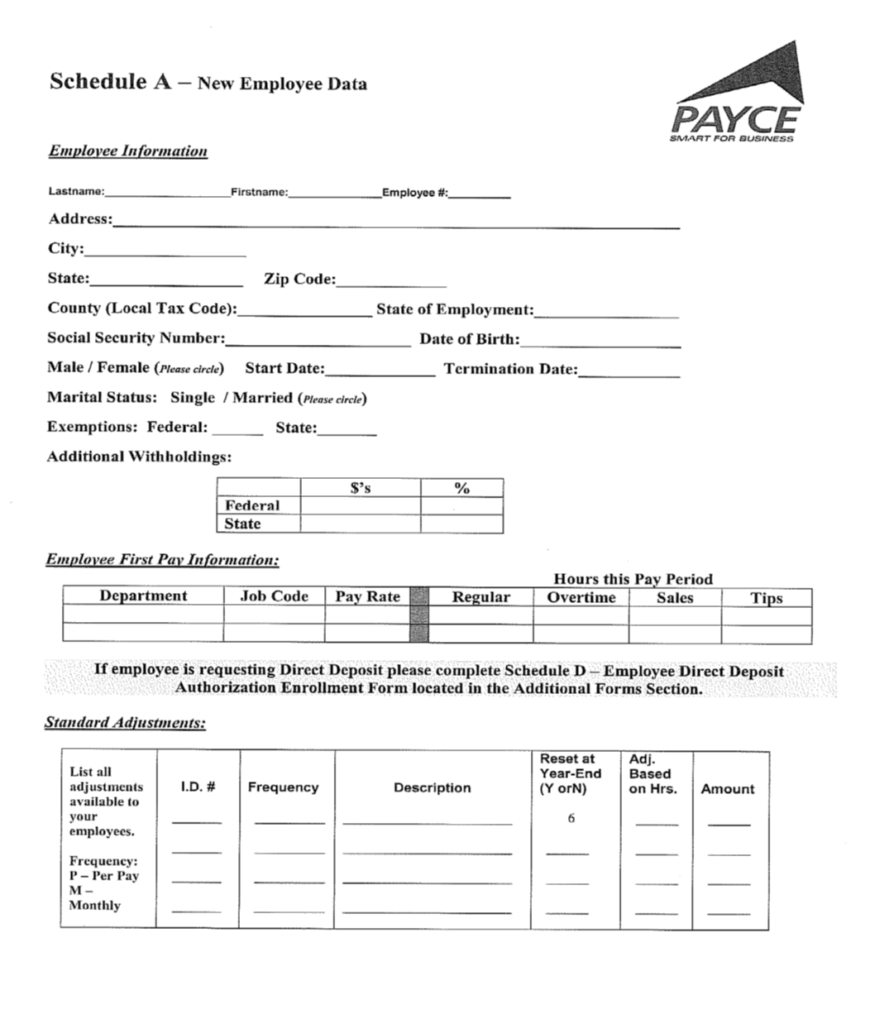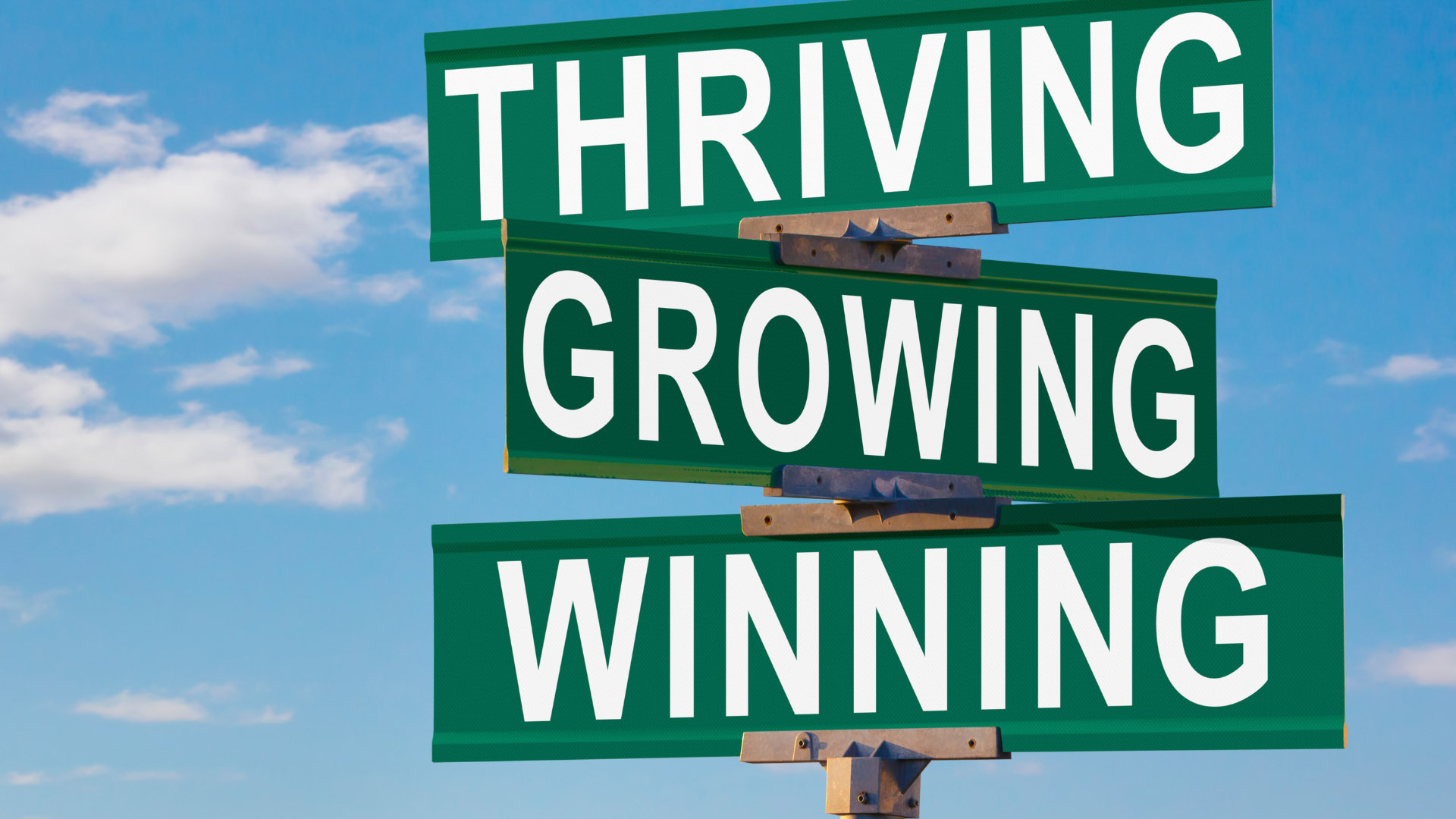
Q: How do I get my 17-year-old son to stay in school for his senior year? He hates school, the homework and getting up early and he wants to drop out and just work.
He struggles with the homework. His school uses Google Chromebooks for all homework, quizzes and tests. He gets frustrated and refuses to do the work. I’ve encouraged him to ask his teachers for help, and that gets eyerolls.
I can’t get him to see the benefits of getting the high school diploma and that then he can work, or travel or even go to a trade or community college.
What can I do?
A: Thank you for writing in; this must feel like a scary time. When your child is so close to closing an important chapter (finishing high school) and there is nothing we can do to force them to want it or actually do it, it’s easy to feel out of control. And when we feel out of control, we can start to panic and act from that panic. We can begin to beg our kids, offer rewards we may not be able to make good on, try to convince them with logic or make threats that don’t even make sense. As the parents, we can see around the curve and we know how many doors are closed without a high school diploma — why wouldn’t you feel panicked? Ironically, the way forward is to do the opposite of what our panicked brain is telling us.ADVERTISING
The first step in reaching your son is to be on his side. No human likes to feel dumb, left out or frustrated. I doubt he wakes up and chooses to feel this way, and whether it is an undiagnosed learning disorder or just stuck-ness that has lasted years, your son feels like he doesn’t have options. “To be on his side” is less of an action (although action is involved) and more of the feeling you want to create with your son. Contrary to what many parents think, listening to his feelings and making room for them will not make them worse. He will not become more frustrated if he talks about how much he hates school — the opposite is usually true. If he can let out his frustration about the homework and early mornings without you commenting, he may get to a place where he does not fight you so much. If he feels like you are listening without judgment and you maintain curiosity, compassion and empathy, there is a greater chance that he will begin to relax.Share this articleNo subscription required to readShare
It is so countercultural to fully listen to our children without commentary, logic, problem-solving, critique or worry, that you may not even know how to do this. Adopting some of the techniques from psychologist Ross Greene’s “collaborative and proactive solutions” empathy step, you can simply find a quiet, calm moment and say: “I’ve noticed you are dreading this school year, from the wake-up time to the homework. Tell me more about that.” And then just sit there. Maybe your son will shrug, unwilling to share, and the trick here (and trust me, it is hard) is just to wait. Silently. People need time to process their thoughts, and if they are accustomed to you jumping in with your critiques and thoughts, they don’t feel safe sharing with you. Sitting silently and compassionately is one of the most powerful things you can do.
If your son begins to complain, awesome. Listen carefully and repeat back to him what he is saying to you. This communicates that you are actually listening (not simply saying what you think) and if you need to, take notes. What is your son really worried about? Maybe the early mornings aren’t that big of a deal, but the homework is a real problem. Maybe he hates certain classes, but the rest are okay. By listening without jumping to conclusions or solutions, you stand a good chance of getting at your son’s real worries and issues, and when he feels like you are on his side, he is more likely to open up to solutions, ideas, and yes, hope.
Once you have a clearer picture of what worries your son, you can begin to create mini-solutions. Maybe you only work on mornings and waking up. Maybe you begin to problem solve around homework (finding a teacher in school, a tutor, a friend). Maybe you build in mini-rewards to keep motivation high. Maybe he can get a job in a field he is interested in, while learning how the high school diploma will benefit him. Maybe you work with him and the school counselor closely to create a schedule that your son finds interesting. The counselor could also work with you and your son about the ramifications of dropping out as well as what would be required to obtain a GED down the road. This wouldn’t be done as a threat, rather is gathering information and treating your son like a young adult, not a child to be controlled and manipulated.
In either case, I strongly recommend finding small wins and truly celebrating them. My spidey sense is telling me your son has some low self-esteem when it comes to learning (remember, people like to feel capable, smart and needed), so continuously meet with him to listen to him. Find ways to have fun and laugh, and yes, he may still want to drop out, but focus on one day or week at a time. Find as many loving adults as you can to support you and your son, and have faith that it will work out. And, for you, find good friends and loved ones to support you as you navigate this with your son. It is painful to watch someone you love so much not see the future as clearly as you do, so you deserve all the love and support, too. Good luck.P

By Meghan LeahyMeghan is the mother of three daughters and the author of “Parenting Outside the Lines.” She holds a bachelor’s degree in English and secondary education and a master’s degree in school counseling and is a certified parent coach. Send a question about parenting to onparenting@washpost.com, and it may show up in a future column. Twitter







